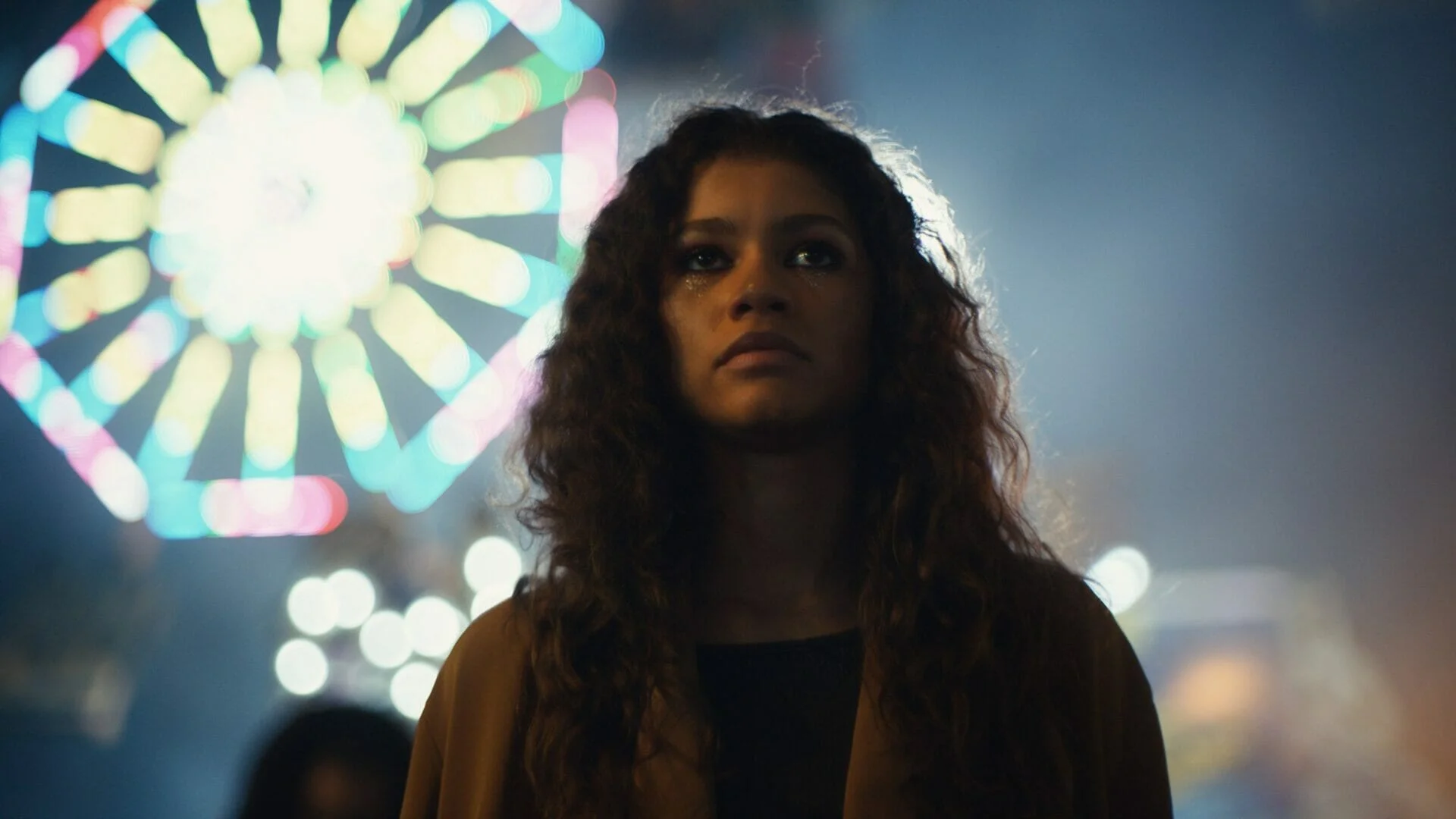
Dawson's Creek | Teen drama revolution
Creator
Year
Country
Seasons
Runtime
Genre
By
For late 90s teenagers, Paula Cole‘s I don’t want to wait has the magic of Marcel Proust‘s bite of Madeleine in the novel In Search of Lost Time. It takes millennials straight back in time. For most, the connection will be immediate. They will suddenly project themselves in front of the TV, anxiously waiting for the new episode of Dawson’s Creek. As the first notes start, it is inevitable to imagine the pier of the quiet and sunny Capeside.
A coming of age and a friendship story
From the very first scene of Dawson’s Creek, it is clear. The show tells a very simple story, but one that has never been told this way before. We meet the intelligent and clever Joey Potter (Katie Holmes) and the idealist and movie-lover Dawson Leery (James Van Der Beek) in their natural habitat, Dawson’s room. This is the place where they have been meeting since they were 7 years old, so much that Joey has a preferential entrance: through the window.
The bond and deep friendship between the two 15-year-olds is immediately noticeable, as they lie on the bed watching E.T. and discussing how their friendship may change now that “emerging hormones are destined to alter” it.
Dawson’s Creek essentially focuses on a group of friends growing up together. The bunch includes also the funny and sensitive Pacey (Joshua Jackson), the brave and empathetic Jen (Michelle Williams) and the genuine and protective Jack (Kerr Smith). The five face the journey to adulthood by supporting each other.
On multiple occasions, the creator Kevin Williamson – also known for Scream and The Vampire Diaries – has created a semi-autobiographical series to faithfully portray what it means to grow up.
A breath of fresh air
The narrative arc is rather simple. What changes are the narrative style, and the way of representing teens? For the first time in the teen dramas landscape, despite their young age, the protagonists show a certain maturity. Their lines are therefore made of witty answers and reflections. Both of these factors contribute to changing the way the category of youngsters was portrayed on TV.
Dawson’s Creek was also a pioneer in touching many unaddressed issues of the decade. The series is renowned for having included the first “passionate” male gay kiss on TV. It was also the first one to delicately and carefully show a coming out, taking care of all aspects, from family to school and friends’ dynamics. As revealed by senior writer Tim Stack during a reunion by Entertainment Weekly, “this changed people lives […] the series really affected culture”. Another issue brought to the public’s attention is a teenage look at mental health. Again, the series helped to dispel many taboos around this important topic.
A model for later series
Dawson’s Creek storytelling and characters have undoubtedly influenced many subsequent teen series, launching – on TV screen – the love triangle with a female lead. A similar love triangle then recurs in many series like Gilmore Girls or the more recent Riverdale. In the latter, there are also numerous references to pop culture, just like Dawson’s Creek many cultural references, from music to meta-cinematographical reflections. Even Freaks and Geeks, often portrayed as the opposite of Dawson’s Creek, has nevertheless more than one trait in common with it.
Without this WB success, there probably wouldn’t have been series like O.C. and One Trill Hill. That’s why it is one of the pillars of teen shows.
Tag






